WATERFALLS (Day 12 - part 1)
I left early and continued west along Highway 2, making several stops along the way.

The Tumwater Dam, located on the Wenatchee River, is 400 feet long and 23 feet high. Completed in 1909, it forms Jolanda Lake.
On the map, Lake Wenatchee looked like a lovely place to stop and enjoy some breakfast. So I headed over. Unfortunately, the one side of it was all privately owned and covered with houses, and the other side was a state park with a fee. I was quite disappointed. I reluctantly continued on, pulling over at the next rest stop... where much to my delight was a info kiosk showing the location of many lovely waterfall hikes. So thanks to a thwarted morning, I now had several lovely options for the afternoon! A clear example of how not getting what you think you want can actually be a good thing!


Heading into the Cascade Mountains at Wenatchee National Forest
My first stop, thanks to the info kiosk, was Deception Falls at Sevens Pass.
The pass cuts through the mountains at an elevation of 4,056 feet and is named after John Frank Stevens (1853 - 1943), an American engineer who built the Great Northern Railway which crossed through here. The rugged Cascades hampered early development of western Washington. But the first steam train chugged over this pass in 1893, linking Puget Sound to St. Paul, Minnesota.


The 1/2-mile Deception Falls Nature Trail passed through moss-covered forests and along rocky stream sides, with views of thunderous waterfalls.


Dark, mossy and beautiful!



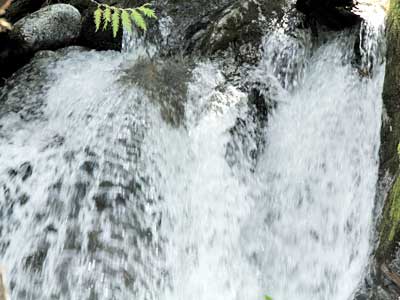

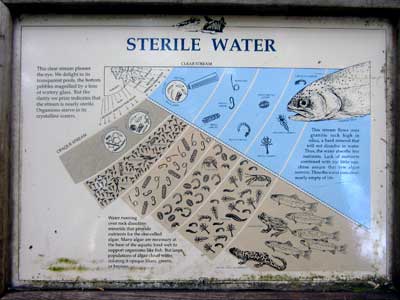
While clear streams look pretty, that very same clarity tells us that there isn't much life in it as there are no nutrients for organisms to eat. This stream flows over granitic rock high in silica, a hard mineral that will not dissolve in water. Thus, the lack of nutrients combined with too little sunshine create a sterile environment.


Loggers probably cut down this tree during the 1890's, when the railroad was being built over the pass. Its wood possibly became railroad ties or trestles.They chopped holes, such as this one, into the trunk to insert springboards on which they could stand. This allowed them to cut higher up, avoiding the swollen base of the tree, thus saving time and energy. Even so, it would have taken them many hours using a crosscut saw (known as a 'misery whip').
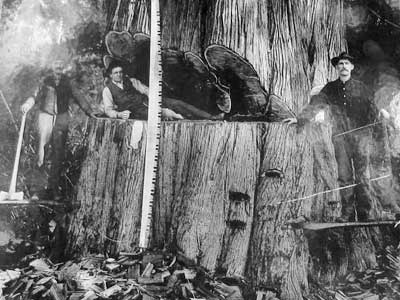
Note the two men standing on springboards on either side, as well as the smaller springboard holes up front



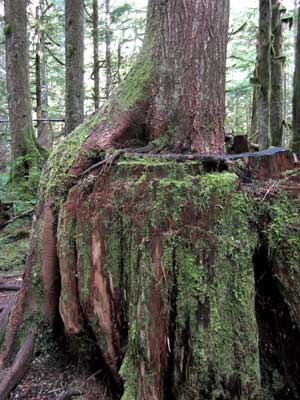
Dead trees feed living trees. Young trees can often be found sprouting out of an old stump or rotting log.


These streams are fed year-round, from rain in winter and snowmelt in summer.

Deception Creek originates in the Alpine Lakes Wilderness and flows into the Tye River, which merges with the Foss River creating the South Fork of the Skykomish River, which flows into the Snohomish and eventually empties into Puget Sound.
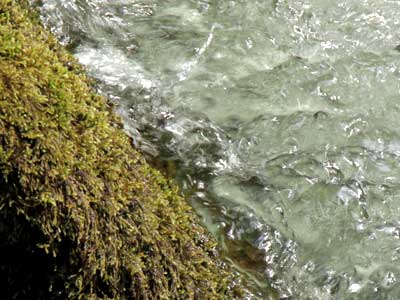

A wide range of color and clarity

A side trail down to the Tye River...


... and a stellar waterfall!


Plants that need no soil to grow, such as moss and lichen (a symbiotic combination of algae, which provides food from sunlight, and fungi, which soaks up water), live in the tree top canopy. They do no harm to the trees. The tree canopy captures almost 75% of the rainfall.


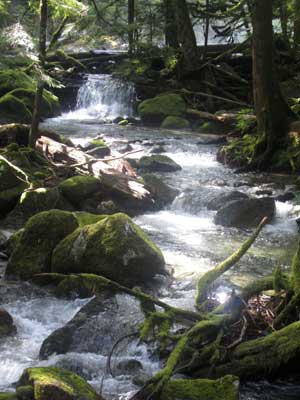

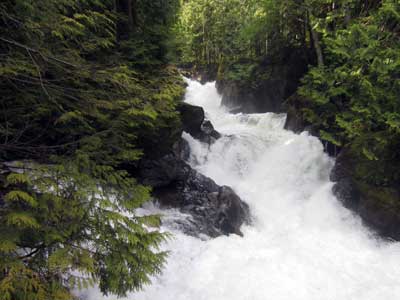
Deception Falls cascades down 60 feet.


I returned to my car and continued on.

return • continue

